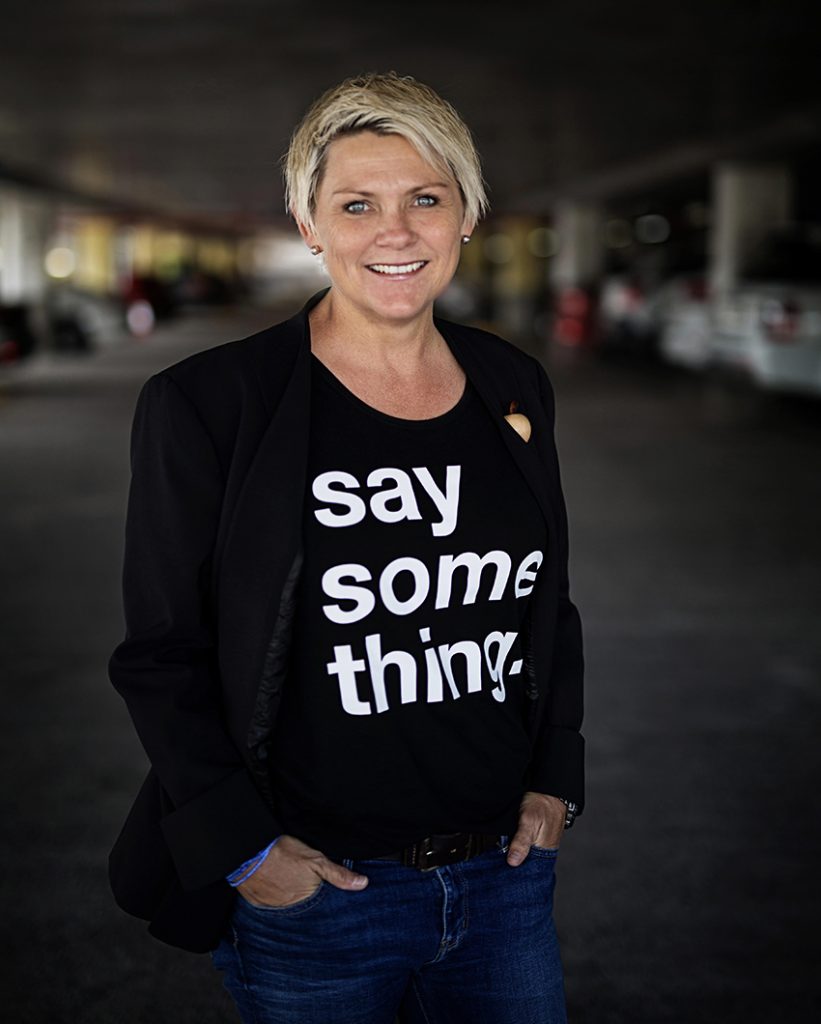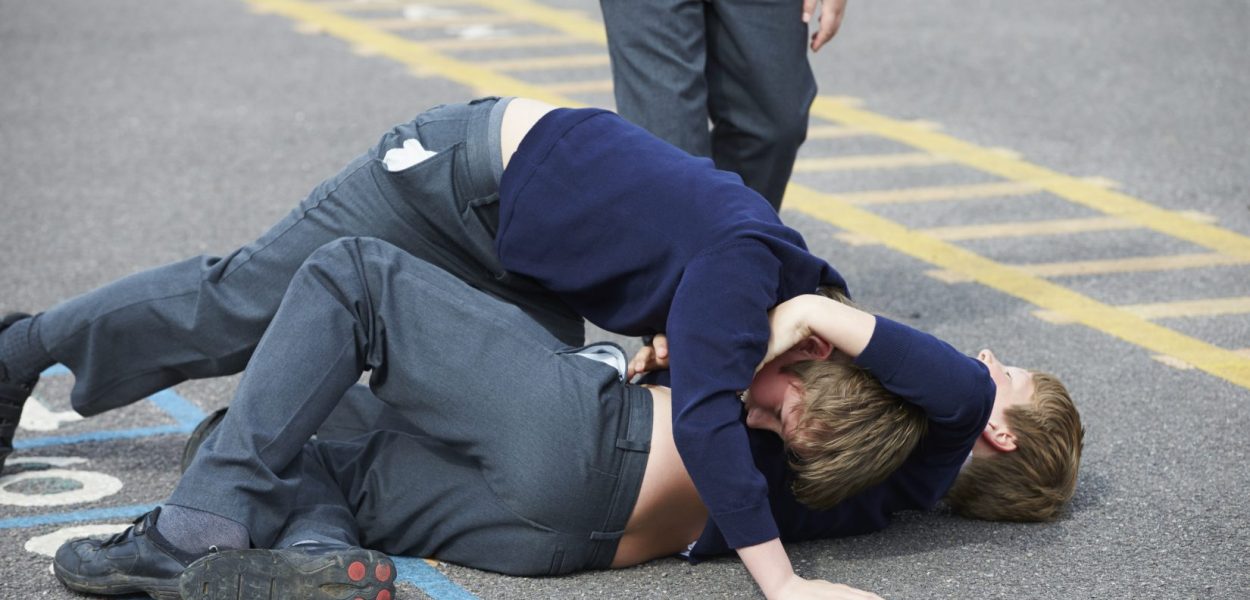5 February 2019
Tackling bullying for our children’s sake
Posted in At-Risk / Family life / School life / Youth issues
Sadly, bullying is common in our society, and our schools are not immune.

This month’s Parenting Corner writer, educator and social entrepreneur Rachel Downie of racheldownie.com, shares her tips on how parents and grandparents can help their children in the schoolyard:
It’s important to understand what bullying is. It’s deliberate and repetitive behaviour which seeks to achieve dominance and power over another person.
More often than not, bullies act the way they do because they’ve learned it from others. A significant number of bullies have been bullied themselves (1).
Bullying is not: a one-off fight, equal-sided teasing, friends arguing, being bossy, or expressing negative thoughts.
There are four main types of bullying: physical, verbal, social (spreading rumours, social exclusion), and cyber bullying.
Bullying is a problem we all need to work as a community to solve.
If your child is bullied, teach them what to do. It’s also imperative as a loving community that we teach our kids to stand up for others, too, in a safe and respectful way.
You’ll be supporting them to change the culture and empowering them to say no to bullying!
References: 1. Olweus,
D. (1999). Norway. In P. K. Smith, Y. Morita, J. Junger-Tas, D. Olweus, R.
Catalano, & P. Slee (Eds.), The nature of school bullying: A cross-national
perspective (pp. 7-27). London & New York: Routledge.
2.
https://www.uq.edu.au/news/article/2018/11/uq-efforts-see-bullying-recognised-globally-contributor-mental-illness
As parents, grandparents and carers, what can we do?
- Slow everything down and breathe! Please don’t lose it in front of your child (do that later in your bedroom). They’re already stressed and don’t need to take responsibility for your feelings (because they will).
- Right now, you need to L I S T E N, H U G and L I S T E N again! Praise them for telling you because you want them to know they can always come to you. Ask, “What do you need right now?”
- Don’t take over. As carers we want to ‘fix it’ and this means we want to drive what happens next. Your child needs to feel part of every step of the healing process, because they need to be the one walking forward.
- Fact check. Is it bullying? Has it been repeated? Is it deliberate and aggressive? I know it’s hard but you’ve only heard one side of the story.
- Collect evidence (particularly if it’s cyberbullying).
- If it is school based, contact the school. Make an appointment to see the relevant staff member. Don’t forget, the school and you are on the same team – your child’s. It’s important you let them guide you.
- Role model appropriate behaviour.
- Don’t contact the parents of the other child.
- The school is your intermediary.




